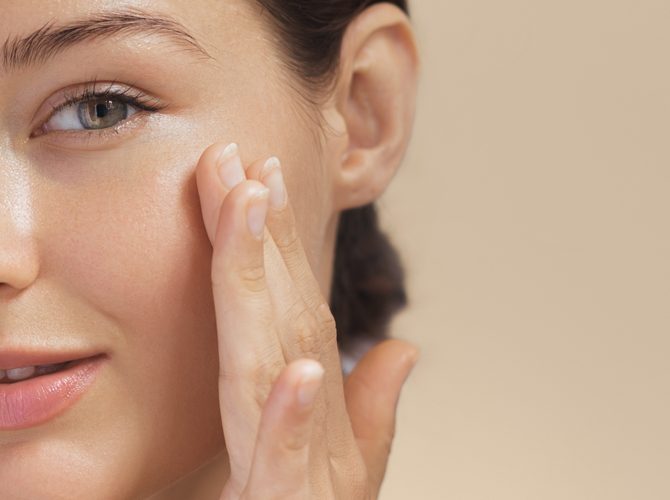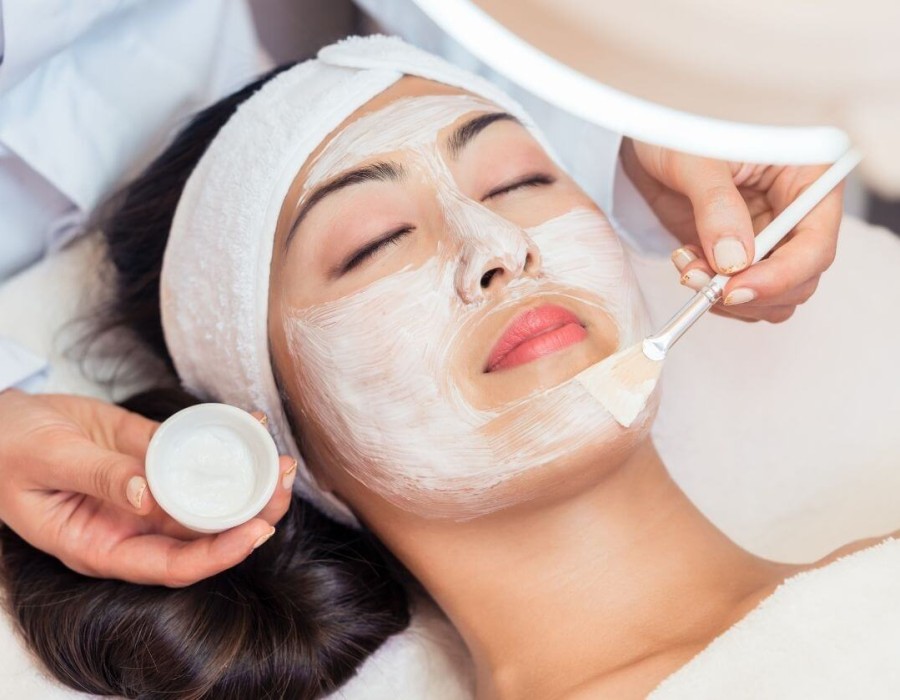When it comes to skincare, sensitive skin demands extra attention. Whether it's dealing with redness, irritation, or flare-ups from the slightest environmental trigger, individuals with sensitive skin often find themselves hesitant about trying new treatments. Among the growing list of non-invasive rejuvenating options, cold peels have captured attention for being gentle yet effective. But the real question remains—is cold peel safe for sensitive skin?
Understanding cold peel treatment is essential to answering that. A cold peel is a non-invasive skincare method that utilizes mild acids and enzymes applied at lower temperatures. Unlike traditional chemical peels that generate heat or cause an intense exfoliating reaction, cold peels work by soothing the skin while encouraging the removal of dead cells and promoting skin regeneration. This makes it an attractive option, especially for people who want to avoid the harsh side effects associated with deeper peels. In recent years, Cold Peel in Dubai has become a popular choice for individuals seeking a radiant complexion without compromising their skin's comfort.
What Makes Cold Peel Different?
Traditional peels often come with a risk of irritation, especially for those with delicate skin. The heat and strength of the acids can cause redness, peeling, and discomfort. Cold peels, in contrast, use a cooling effect and lower concentrations of active ingredients, which makes them suitable for even the most reactive skin types.
The primary benefit of a cold peel is its ability to exfoliate the skin gently while also hydrating and calming it. This dual action helps reduce inflammation, a common concern for people with sensitive skin. Instead of the aggressive sloughing off that accompanies traditional peels, a cold peel focuses on rejuvenating the skin from within. It's more of a skin-refreshing therapy than a resurfacing procedure.
Why Sensitive Skin Needs Special Care
Sensitive skin tends to react to environmental changes, allergens, and even common skincare ingredients. This reactivity can make it challenging to find treatments that won't trigger an outbreak of redness or discomfort. One wrong move, and your skin could go from calm to irritated in minutes.
People with sensitive skin often suffer from conditions like rosacea, eczema, or chronic dryness. A treatment that is too strong or penetrates too deeply could lead to long-term damage or lingering irritation. That’s why any new treatment must be assessed based on its gentleness, pH balance, and potential to soothe the skin barrier.
Benefits of Cold Peel for Sensitive Skin
Cold peel treatments come with several advantages tailored specifically for people with sensitive skin:
- Minimal Irritation: The lower temperature and mild formula reduce the chances of inflammation and redness.
- No Downtime: Since it doesn’t create trauma to the skin, recovery time is minimal, and most people can return to daily activities right away.
- Hydration Boost: Many cold peel formulations include ingredients like hyaluronic acid, which help to retain moisture and plump the skin.
- Improved Skin Texture: The light exfoliation can smooth out rough patches, reduce dullness, and leave skin looking radiant.
- Barrier Support: Cold peels often support the skin’s natural barrier rather than compromise it, which is critical for maintaining healthy sensitive skin.
What to Expect During a Cold Peel Session
A typical cold peel session begins with a gentle cleansing to remove any surface impurities. After that, the cold peel formula is applied evenly across the face. It might feel slightly cool or tingly, but it should not sting or burn. The treatment typically lasts 20 to 30 minutes, and you might notice a refreshed glow immediately afterward.
Because the procedure is mild, most people need multiple sessions to achieve optimal results. However, this gradual approach works in favour of sensitive skin, allowing for improvement without overloading the skin.

How to Prepare Your Skin for a Cold Peel
While cold peels are generally considered safe, it's still important to prepare your skin beforehand—especially if it’s prone to sensitivity.
- Avoid active ingredients like retinoids or AHAs for at least 3-5 days before treatment.
- Hydrate well in the days leading up to your appointment.
- Communicate your sensitivities clearly to the skincare professional so they can customize the formula accordingly.
- Patch test if you're trying the treatment for the first time.
Post-Treatment Tips
After a cold peel, sensitive skin still needs careful handling. Stick to a gentle, hydrating skincare routine for the next few days. Avoid direct sun exposure and always apply a broad-spectrum sunscreen. It’s also a good idea to skip any other exfoliating treatments or strong active ingredients for at least a week to let the skin fully recover.
The Final Verdict
So, is cold peel safe for sensitive skin? The answer, for most people, is yes. Thanks to its gentle formulation, lower risk of irritation, and hydrating effects, it presents a safer alternative to traditional chemical peels. However, everyone’s skin is unique. It’s always best to start cautiously, especially if your skin has a history of reacting poorly to treatments.
As with any skincare solution, consistency and professional guidance go a long way. When used wisely and incorporated into a well-balanced skincare routine, a cold peel can offer sensitive skin a chance to glow without the fear of flare-ups or discomfort.
In the growing world of aesthetic care, Cold Peel Dubai has emerged as a refined option for individuals who desire both results and comfort. With careful application and proper post-care, this treatment could be your skin’s new best friend.





Comments